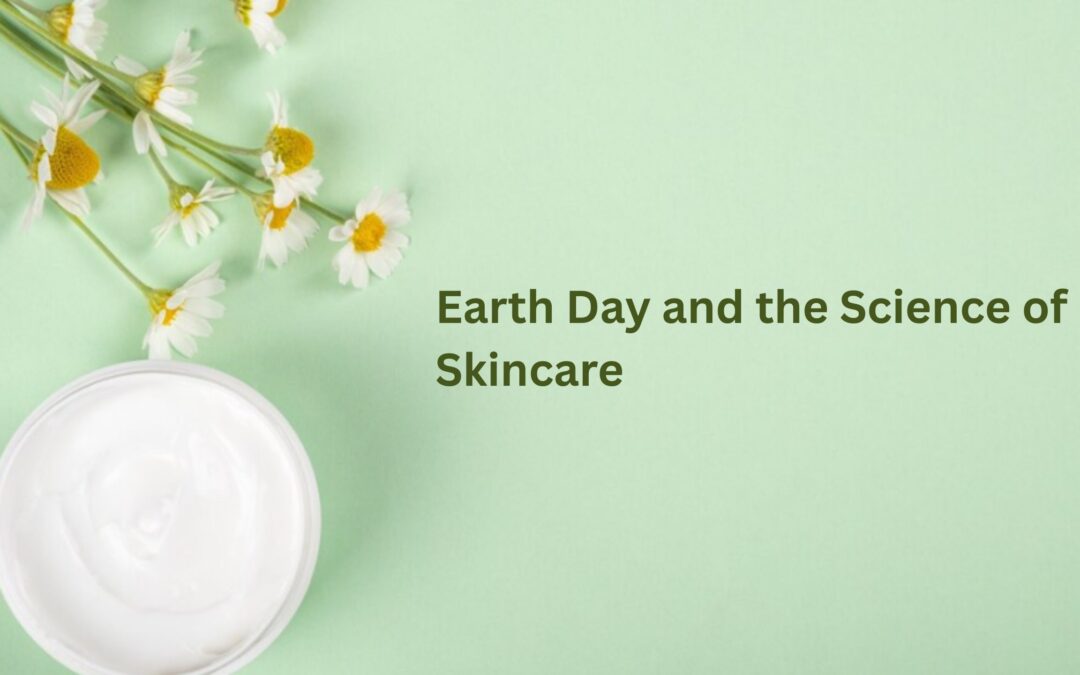Each year on April 22, Earth Day reminds us of the responsibility we hold not just as consumers, but as caretakers of the planet. In the skincare world, this is not only about swapping plastic bottles for glass. It is about recognizing the interconnected biology between skin health and environmental health.
Let us explore how our dermacare routines can align with ecological sustainability in a way that is both scientific and sensible.
- Skin and Earth Both Thrive on Balance and Barrier Integrity
The stratum corneum, the skin’s outermost barrier, functions much like the Earth’s atmosphere. It protects, regulates, and sustains internal health.
Disrupting it through harsh surfactants, over-exfoliation, or pollutants can lead to transepidermal water loss, inflammation, and sensitivity. Similarly, Earth’s environmental barrier is sensitive to overexploitation, deforestation, and pollution.
What to choose
Physiological pH cleansers with a pH around 5.5
Barrier-supportive ingredients such as ceramides, niacinamide, and panthenol
- Ingredient Biodegradability Equals Environmental Safety
What is rinsed off your skin enters wastewater systems and eventually reaches ecosystems. Traditional exfoliants like polyethylene microbeads persist in oceans, affecting marine organisms.
What to choose
Biodegradable surfactants like decyl glucoside
Reef-safe sunscreens containing non-nano zinc oxide or titanium dioxide
Natural exfoliants such as lactic acid, fruit enzymes, or jojoba beads
- Minimalist Skincare Reduces Bioaccumulation and Waste
Overusing or layering unnecessary products not only disrupts the skin microbiome but also increases chemical load and packaging waste.
Every tube, pump, and sachet adds to solid waste if not recycled, contributing to landfill overflow and microplastic pollution.
What to choose
Multi-functional formulations like vitamin C combined with hyaluronic acid
Formulas with fewer than 10 to 15 ingredients, when possible
- Climate and Pollution Directly Affect Skin Physiology
Urban skin faces increasing challenges. Particulate matter, nitrogen dioxide, and ozone exposure are known to trigger oxidative stress, accelerating collagen breakdown and melanogenesis, which can lead to hyperpigmentation.
Earth Day is a reminder to protect what ultimately reflects on your skin.
What to choose
Antioxidants such as vitamin C, vitamin E, resveratrol, and ferulic acid
Products with pollution-protective claims like Ectoin .
Hydrating agents like beta-glucan and glycerin to buffer against environmental dehydration
- Eco-Dermacare Is Rooted in Science and Sustainability
Science-backed skincare does not need to rely heavily on synthetic ingredients. Many bioactive compounds such as bakuchiol, Centella asiatica, and green tea polyphenols offer high efficacy with lower ecological footprints.
Supporting brands that emphasize green chemistry, cruelty-free testing, and sustainable harvesting helps promote ethical business and responsible biology.
Skin Is a Reflection of the Environment
Earth Day is not a trend. It is a biological reminder that your external environment directly influences your internal systems, including your skin.
A healthier planet results in cleaner air, purer water, and reduced oxidative stress for your skin.
The next time you apply a serum or sunscreen, remember that you are not just treating your face. You are participating in a living, interconnected system.
Caring for your skin and caring for the Earth? It’s not two different things.
It’s one beautiful cycle.

